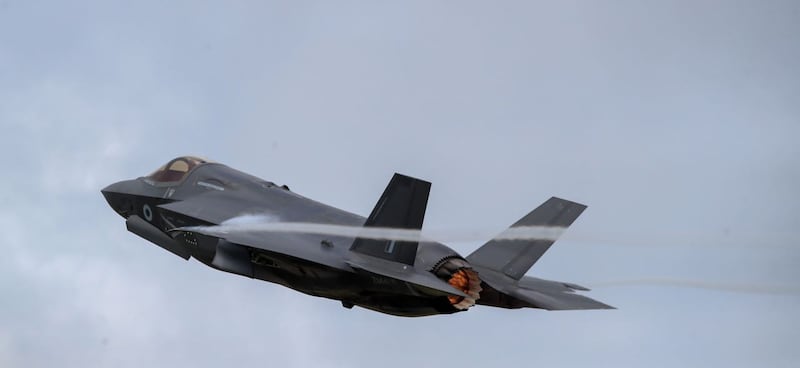Nature has beaten humans to the stealth technology that shields advanced warplanes from radar.
Some moths use precisely the same strategy to avoid being eaten by bats, scientists have discovered.
Over the course of millions of years the insects have developed a furry “stealth coating” that absorbs ultrasonic signals emitted by bats.

In the same way, stealth fighters are covered with a coating that soaks up radar signals and prevents them being reflected back.
Bats use sonar echolocation both to navigate and hunt their flying insect prey.
The new research shows how fur on the thorax and wing joints of some moth species helps conceal them from hungry bats.
Lead scientist Dr Thomas Neil, from the University of Bristol, said: “Thoracic fur provides substantial acoustic stealth at all ecologically relevant ultrasonic frequencies.
“The thorax fur of moths acts as a lightweight porous sound absorber, facilitating acoustic camouflage and offering a significant survival advantage against bats.”
Removing the fur increased the risk of a moth being detected by as much as 38%, the researchers found.
The team studied two “deaf” moth species that lacked an ability to hear high pitched bat calls.
They were compared with two butterfly species that were not hunted by bats.
The fur on the moths was thicker than that on the butterflies, and able to absorb up to 85% of sound energy striking it.
The research was presented at the Acoustical Society of America’s annual meeting in Victoria, Canada.








